I would like to hear if someone has successfully implemented a working connectable/disconnectable I2C interface. I'm working with the back plane (host device) and am looking into implementing a I2C buffer/switch to be able to connect and disconnect a single I2C sensor without hanging the buss. The sensor is the only I2C device on the bus.
My starting point is following application report: https://www.ti.com/lit/an/scpa058/scpa058.pdf?ts=1655397886223&ref_url=https%253A%252F%252Fwww.google.com%252F#:~:text=1%20What%20is%20an%20I2C,to%20power%20down%20the%20backplane.
However, I have no possibility to alter connector to be staggered or to alter the sensor itself. So my current plan is to simply use TCA4311ADR together with a connection-detection pin.
Do you think the design can work reliably? Are there any reference designs availible?
